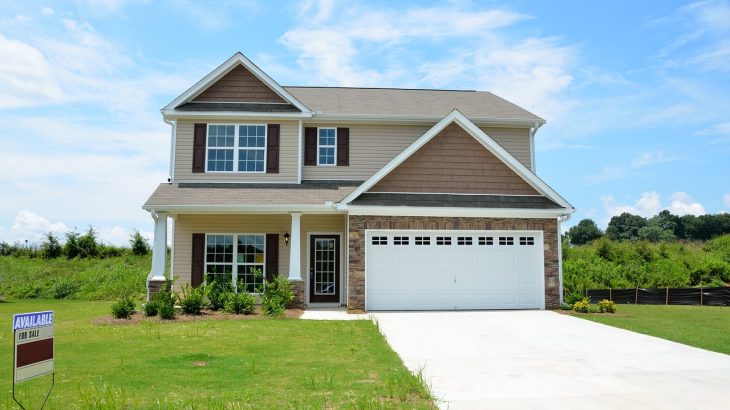Building a house is an exciting journey that involves countless decisions and meticulous planning. While you focus on major aspects such as layout, materials, and design, it’s easy to overlook the smaller details that can significantly impact the functionality and comfort of your new home. In this blog, we will explore 10 commonly forgotten details during house construction, reminding you of their significance and ensuring your dream home is complete down to the smallest detail.
1) Electrical Outlets and Switches
It’s crucial to carefully plan the placement and quantity of electrical outlets and switches in each room. Consider the practicality of their locations for everyday use, ensuring there are enough outlets for appliances, charging stations, and lighting fixtures. Consider the furniture layout to avoid inconveniently placed outlets or switches hidden behind large pieces.
2) Storage Space
Adequate storage is often underestimated during the building process. Plan for closets, cabinets, and built-in storage solutions to avoid clutter and maximize functionality. Incorporate storage in various areas, such as entryways, bedrooms, and the kitchen, to accommodate everyday items, seasonal gear, and household essentials.
3) Ventilation
Proper ventilation is vital for maintaining air quality, preventing mold growth, and regulating temperature. Ensure your home has sufficient ventilation systems, such as exhaust fans in bathrooms, kitchens, and laundry areas. Additionally, consider installing windows that allow for cross ventilation and fresh air circulation throughout the house.
4) Soundproofing
Noise control is often overlooked, but it significantly impacts the comfort and privacy of your home. Incorporate soundproofing techniques during construction, such as insulation, double-glazed windows, and solid core doors. This will minimize noise transfer between rooms and from external sources, creating a peaceful living environment.
5) Door and Window Placement
Careful consideration of door and window placement can optimize natural light and enhance the flow of your home. Position windows to capture desirable views and maximize daylight in living areas, while ensuring privacy in bedrooms and bathrooms. Plan door placements for efficient traffic flow, avoiding obstructions and awkward room layouts.
6) Outdoor Lighting and Power Outlets
While focusing on the interior, don’t forget about the exterior. Install outdoor lighting to enhance security, safety, and aesthetics. Incorporate power outlets in strategic locations to accommodate outdoor activities, such as gardening, holiday decorations, and outdoor entertaining.
7) Landscaping and Drainage
The landscaping surrounding your house is an essential part of its overall appeal. Plan for proper drainage to prevent water accumulation and potential damage. Consider grading the land, installing gutters and downspouts, and strategically placing plants and trees to enhance the aesthetic appeal and promote healthy soil conditions.

8) Insulation
Proper insulation is key to energy efficiency and maintaining a comfortable indoor climate. Ensure your walls, floors, and attic are well-insulated, reducing heat transfer and lowering energy consumption. This not only saves money on utility bills but also enhances the overall comfort of your home.
9) Exterior Finishes
While the interior design may take precedence, don’t forget the exterior finishes that add character and curb appeal. Select durable and weather-resistant materials for siding, roofing, and trim. Pay attention to color coordination and architectural details that harmonize with the overall style of your home.
10) Future-Proofing
Consider future needs and technological advancements during the construction phase. Plan for wiring and infrastructure to accommodate home automation, smart devices, and potential expansions. This forward-thinking approach will save time, money, and potential disruptions if you decide to upgrade or adapt your home in the future.
Building a house involves countless details, and it’s natural for some smaller aspects to slip through the cracks. By being aware of the often forgotten details discussed in this blog, you can ensure a more functional, comfortable, and complete home.



















